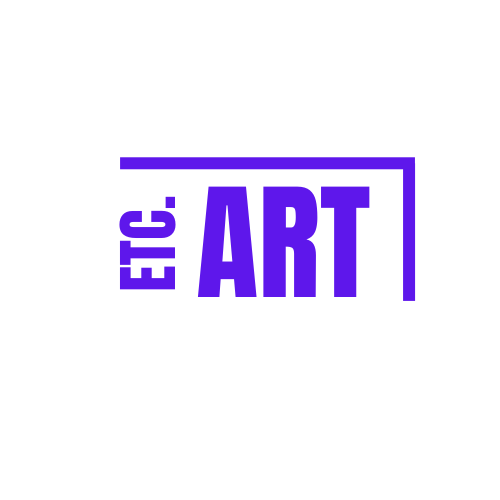Wire Sculptor, Candice Bees
- Jordan Brinkworth

- Jun 8, 2024
- 10 min read

As you’ve been reading this edition, you might have been thinking to yourself, depending on your views: why is crafts in an arts magazine? Or perhaps, how are arts and crafts any different? Well, if that is the case, then here might be the discussion you’ve been waiting for.
Firstly, if we look at their names, then in terms of their etymology (the study of naming things) they are entirely different: you can’t ‘art’ a table for instance, but you can craft one. If we take this literary interpretation, as many do, then the difference between arts and crafts is rather clear cut; a craft produces something physical that’s chiefly 3rd dimensional, like a chair or a spoon, whilst art formulates something that’s purely visual and ultimately 2 dimensional, such as a painting or a photograph. These definitions actually hold up rather well, but in reality, it’s not the words that spark the fiery debates but the objects themselves. You can use a variety of materials for example, to craft a table, a spoon or even an animal, but when do these objects become works of art, if they do at all? Is it only when we add decorative embellishments with our paintbrushes, knives and flamethrowers that we add the ‘love’ to the spoon, the ‘bespoke’ to the table - the art to the craft? Or is perhaps the very process of creating that physical item both an art and a craft in itself? It’s hard to say, but what is certain is that much like a wire, these ideas and definitions concerning arts and crafts continually intertwine - and what better way to observe such interlinkage than through Candice Bee’s sculptures?

‘As other kids found Maths easy, I found art easy’, Candice tells me. ‘My father is an artist, he worked as a commercial sculptor until he went back to university to study a master’s in Fine Art, so art was a natural path for me to follow’. Growing up, Candice undertook several art and design courses in school and at A-Level before then focusing solely upon, thinking it would lead to a more secure career than studying the likes of Fine Art, illustration at university. Yet this turned out to be, in Candice’s eyes, the worst move she could have made. ‘I left the course feeling completely disheartened and had lost all of my confidence in my own ability. Rather than pursue a career in art, I had various jobs from working for the MOD to community farming’. Eventually Candice found herself working as a police community support officer, a far cry from her true passion, until one day she happened to find a small reel of wire.



